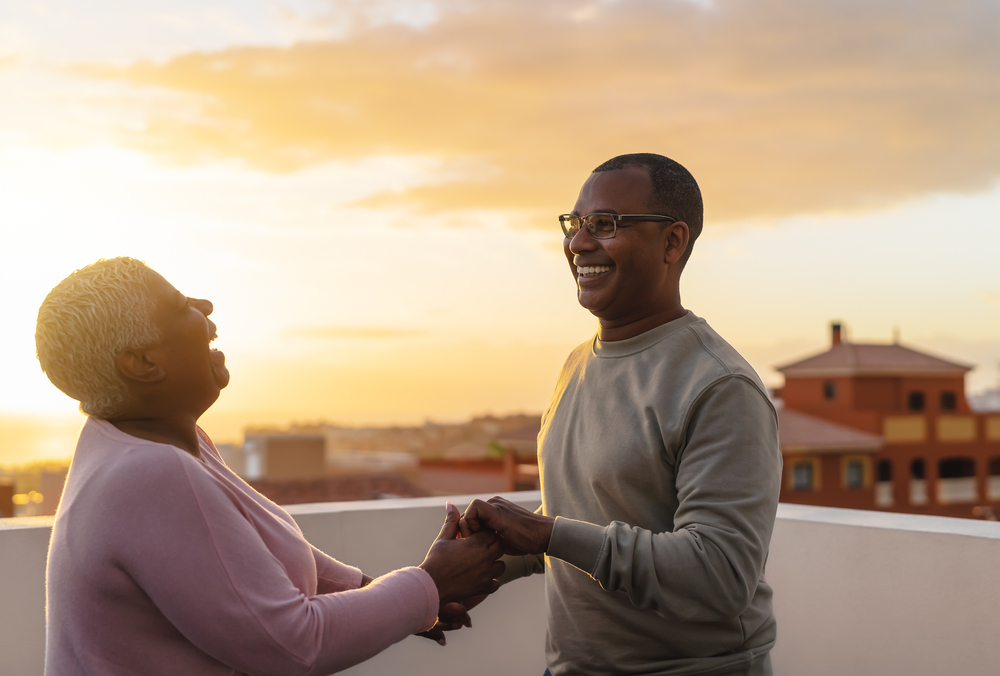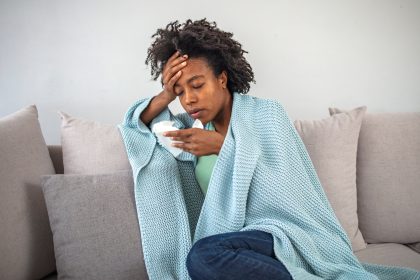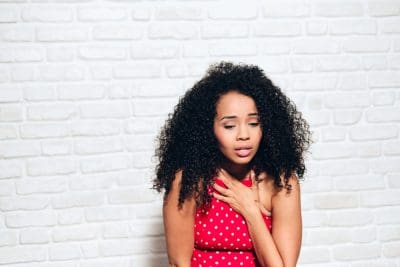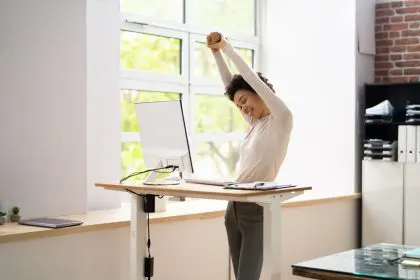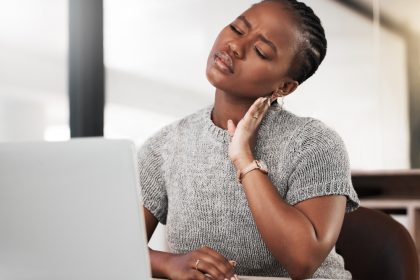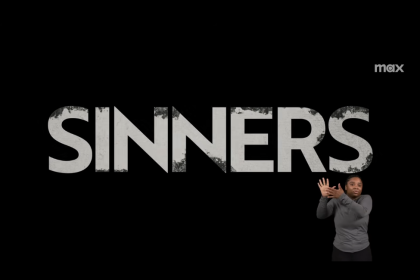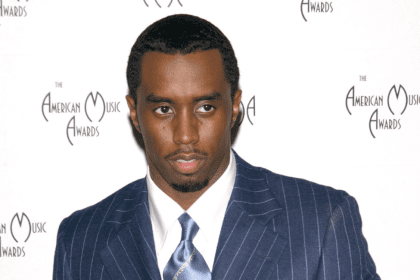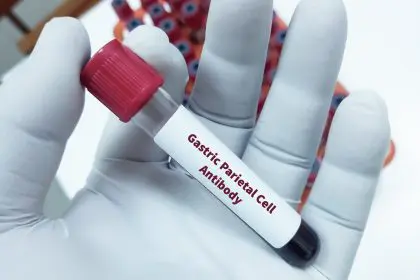When Maria started experiencing memory lapses at 73, her doctor suggested medications and puzzles. Instead, she joined a weekly dance class. Six months later, her cognitive assessments showed improvements that surprised her neurologist—and she wasn’t alone in this unexpected turnaround.
Across the country, seniors are discovering what neuroscientists have quietly been documenting for years. While we’ve long known that physical activity benefits aging brains, dancing stands apart with uniquely powerful cognitive benefits that exceed walking, swimming, and even most cognitive training programs.
The neural magic that happens when seniors dance regularly isn’t just about moving—it’s about the distinctive blend of physical demands, social connection, musical processing, and mental challenge that creates a perfect brain-stimulating storm. Let’s explore the remarkable ways dancing transforms aging brains and why some neurologists are now “prescribing” salsa alongside traditional memory medications.
The multitasking miracle in your brain
Dancing stands apart from other physical activities because it simultaneously engages multiple brain regions and cognitive processes that typically decline with age. This concurrent activation creates distinctive benefits through several mechanisms.
Hippocampal volume—crucial for memory formation—actually increases in older dancers. Most aging brains show progressive hippocampal shrinkage of about 1-2% annually, but regular dancers show volume stabilization and even modest growth in this critical memory center. MRI studies tracking seniors in dance programs found average hippocampal volume increases of 1.4% after six months of twice-weekly dancing, compared to continued declines in non-dancing control groups.
Neurogenesis—the creation of new brain cells—continues throughout life but typically slows with age. Dance accelerates this process specifically in the hippocampus and cerebellum. The combination of physical activity, novel movement patterns, and musical engagement triggers increased BDNF (brain-derived neurotrophic factor) production, the protein primarily responsible for stimulating new neuron growth. Dancers show BDNF levels up to 65% higher than sedentary counterparts.
White matter integrity—the brain’s communication network—degrades naturally with aging, causing processing speed decline. Dancing counteracts this deterioration through its demand for rapid communication between brain regions controlling movement, rhythm processing, spatial awareness, and social interaction. Diffusion tensor imaging shows significantly better white matter preservation in pathways connecting the cerebellum, motor cortex, and basal ganglia in seniors with regular dance experience.
Neuroplasticity—your brain’s ability to form new connections—remains possible throughout life but requires specific types of stimulation. Dancing provides ideal conditions for forming these new neural pathways by combining novelty, complexity, and emotionally rewarding experiences. The learning of new steps and sequences triggers the brain to build alternative neural routes that create cognitive reserve—essentially backup systems that help compensate for age-related changes.
Prefrontal cortex engagement during dancing helps maintain executive function. Learning and performing dance sequences activates this region responsible for planning, decision-making, and attention—all functions that typically show age-related decline. Regular dancers demonstrate approximately 15% better performance on executive function tests compared to equally physically active non-dancers.
The memory enhancement that surprised researchers
Dance affects multiple memory systems in ways that puzzled scientists until recent advances in brain imaging revealed the unique mechanisms through which movement patterns become powerful memory boosters.
Working memory—your brain’s mental notepad—shows particularly strong response to dance training. The need to hold movement sequences in mind while executing them strengthens the neural circuits supporting this crucial cognitive system. Seniors in dance programs demonstrate working memory improvements averaging 18-26% after six months, significantly outperforming both sedentary controls and those engaged in other exercise forms.
Procedural memory—how we learn and retain physical skills—naturally declines with age but responds dramatically to dance practice. This memory system operates through different neural pathways than those typically affected by age-related memory issues, explaining why some seniors with mild cognitive impairment can still learn and retain dance sequences despite struggles with other memory tasks.
Spatial memory benefits emerge from the navigational demands of dancing. Moving through space while maintaining awareness of others improves hippocampal mapping functions that support both physical navigation and conceptual spatial relationships. This enhancement translates beyond dance, with regular dancers showing approximately 23% better performance on spatial reasoning tasks compared to non-dancing peers.
Context-dependent memory—recalling information better in the environment where you learned it—strengthens through the consistent pairing of movement with music and location during dance practice. This associative memory system creates multiple retrieval cues that help compensate for the single-cue memory retrieval problems common in aging brains.
The reminiscence bump phenomenon—where music evokes autobiographical memories—creates powerful cognitive stimulation during dance. When seniors dance to music from formative years, the strong emotional memories triggered provide rich neural activation that strengthens both memory networks and emotional regulation systems simultaneously.
The coordination complexity that builds better brains
The physical demands of dancing go far beyond simple exercise, creating unique challenges for the aging brain that drive specific cognitive improvements through several distinct pathways.
Bilateral integration—coordinating both sides of the body—requires intense communication between brain hemispheres. This cross-hemisphere coordination strengthens the corpus callosum, the bridge between brain halves that often thins with age. MRI studies show that the anterior corpus callosum, which connects frontal lobe regions crucial for executive function, maintains greater integrity in seniors with dance experience compared to non-dancers.
Motor sequencing—performing movements in specific orders—engages the basal ganglia and supplementary motor area, brain regions involved in procedural learning and habit formation. Regular practice of dance sequences creates efficiency in these neural circuits that translates to other sequential tasks like remembering medication schedules or multi-step cooking procedures.
Rhythm processing activates timing circuits spanning the cerebellum, basal ganglia, and auditory cortex. These timing networks also support cognitive functions like attention shifting and working memory. The consistent strengthening of these circuits through dance explains the transfer effects to non-dance cognitive tasks requiring precise timing or attention management.
Balance maintenance during dance engages the vestibular system and its connections to multiple brain regions, including the cerebellum and parietal cortex. The constant challenge of maintaining balance while moving creates adaptive responses that enhance neural communication efficiency. This explains why dancers show significantly faster recovery from balance perturbations both on and off the dance floor.
Proprioceptive awareness—your sense of body position—relies on complex neural networks that process sensory information from muscles and joints. Dance continually challenges and refines these systems, creating enhanced body-brain communication that supports better movement efficiency and reduced fall risk through improved environmental awareness.
The social engagement that protects brain health
Dance uniquely combines physical activity with rich social interaction, creating a powerful combination that addresses multiple risk factors for cognitive decline simultaneously.
Loneliness reduction through regular group dance provides cognitive protection that reaches the cellular level. Chronic loneliness increases inflammatory markers associated with cognitive decline, while meaningful social connection during dance reduces these same markers. Regular dancers show average reductions of 18-24% in inflammatory cytokines compared to isolated but equally physically active seniors.
Synchrony with others during dance creates distinct neurohormonal responses. Moving in coordination with partners or groups triggers oxytocin release that reduces stress hormones like cortisol while enhancing feelings of trust and connection. This neurochemical profile supports optimal brain function while counteracting the negative cognitive effects of chronic stress common in older adults.
Communication skill maintenance occurs naturally through the verbal and non-verbal interactions during dance classes or social dances. These regular social exchanges exercise language centers and perspective-taking neural networks that might otherwise see reduced activation in isolated seniors. This continued engagement helps preserve communication abilities often affected by age-related cognitive changes.
Social feedback during dance provides immediate, gentle cognitive correction through partner cues or instructor guidance. This real-time feedback creates learning conditions that neuroplasticity research identifies as optimal for cognitive adaptation and growth in aging brains—specifically, feedback that is immediate, specific, and emotionally supportive rather than critical.
Community belonging satisfaction addresses a fundamental human need that, when unmet, creates psychological stress that accelerates cognitive aging. Regular participation in dance communities fulfills this belonging need while simultaneously creating accountability that supports consistent attendance—a critical factor since the cognitive benefits of dance require regular, ongoing participation.
The brain areas that respond most dramatically
Certain brain regions show particularly pronounced responses to dance training in seniors, with improvements that directly counteract common age-related changes in these specific areas.
The cerebellum—traditionally viewed as primarily responsible for movement coordination—shows remarkable adaptation to dance training. Recent research reveals this brain region’s substantial role in cognitive processing, emotional regulation, and attention allocation. Regular dancers demonstrate about 7% greater cerebellar volume compared to non-dancing peers, with particularly notable preservation in regions that support cognitive rather than purely motor functions.
The superior temporal gyrus, involved in processing music, language, and social cues, maintains greater volume and activity in senior dancers. This preservation supports better auditory processing and social cognition that extends far beyond dance contexts into everyday communication and environmental awareness.
The anterior cingulate cortex—critical for attention control and conflict resolution—shows enhanced functional connectivity in seniors with dance experience. This strengthened connectivity supports better performance on divided attention tasks and cognitive flexibility challenges that typically become more difficult with age.
The basal ganglia system maintains better dopaminergic function in dancers, directly countering the reduction in dopamine production common in aging. This preservation supports maintaining motivation, movement initiation, and the reward processing that makes learning new skills enjoyable rather than frustrating.
The insular cortex—a region supporting bodily awareness and emotional processing—shows better preservation in older dancers. This region’s maintenance supports the interoception abilities that help seniors remain connected to physical needs and emotional states, contributing to both cognitive health and emotional wellbeing.
The music-movement connection that amplifies benefits
The combination of music and movement creates synergistic effects that neither component alone can produce, working through several distinct neural mechanisms.
Rhythmic entrainment—the synchronization of movement to musical beat—engages timing circuits that support cognitive processing speed. The precise timing demands of moving with music creates a training effect that transfers to non-musical tasks requiring quick processing. Seniors who regularly dance to music show approximately 12-15% faster processing speed on cognitive tests compared to those who exercise without musical accompaniment.
Musical memory support leverages the remarkable preservation of musical processing even in conditions like Alzheimer’s disease. When movement patterns are consistently paired with specific musical phrases, the music becomes a cognitive scaffold that supports movement memory. This explains why some seniors with significant memory challenges can still perform complex dance sequences when the familiar music begins.
Dopamine release triggered by pleasurable music creates ideal brain conditions for learning and neuroplasticity. This natural reward system activation explains why dance often shows better adherence rates than other exercise forms—the musical component makes the activity inherently rewarding, supporting the consistency crucial for cognitive benefits.
Divided attention training occurs naturally when coordinating movement to changing musical cues. This division of attention between listening and moving strengthens the neural networks supporting multitasking abilities that typically decline with age. Regular dancers show approximately 20% better performance on divided attention tests compared to non-dancing seniors with similar baseline cognitive function.
Emotional regulation through music-movement pairing creates cognitive benefits through reduced stress hormone exposure. The positive emotional states generated through dancing to enjoyable music reduce cortisol levels that would otherwise contribute to hippocampal atrophy and impaired memory function. This emotional benefit helps explain why dance often shows greater cognitive benefits than emotionally neutral exercise forms like treadmill walking or cycling.
The learning process that defies aging stereotypes
The way seniors learn dance creates distinctive cognitive challenges that directly combat common aging patterns through several specific mechanisms.
Errorless learning opportunities in supportive dance environments provide ideal conditions for aging brains. Traditional learning often emphasizes error identification, which relies heavily on working memory—a system that typically shows age-related decline. Dance instruction that emphasizes successful approximation rather than error correction matches better with how aging brains learn most effectively.
Chunking strategies develop naturally through dance learning as complex sequences get mentally organized into manageable sections. This cognitive chunking skill transfers broadly to other information processing challenges, supporting better memory organization and recall in non-dance contexts.
Multi-modal encoding occurs automatically during dance learning as movements are simultaneously processed through visual, auditory, kinesthetic, and sometimes verbal pathways. This rich, redundant encoding creates multiple retrieval routes that help compensate for the single-pathway memory decline common in aging. Seniors who learn dance demonstrate better cross-modal information integration on cognitive tests compared to those engaged in single-mode activities.
Spaced repetition happens naturally in weekly dance classes, creating ideal conditions for long-term learning and memory consolidation. The typical schedule of dance programs incidentally provides the optimal timing between practice sessions for maximum cognitive benefit based on neuroscience research on learning efficiency.
Progressive challenge calibration in well-designed senior dance programs creates the precise level of cognitive stretch that triggers neuroplasticity without producing discouraging difficulty. This optimal challenge zone—tasks difficult enough to stimulate adaptation but achievable enough to maintain motivation—becomes increasingly difficult to identify and maintain in aging brains without structured activities like dance.
The implementation strategies that maximize benefits
Research reveals specific approaches to dance for seniors that optimize cognitive benefits through several evidence-based strategies.
Novelty prioritization provides greater cognitive stimulation than mastery-focused approaches. Programs that regularly introduce new movements, patterns, or dance styles create continuous learning challenges that prevent the plateau effect common in repetitive exercise forms. Research comparing fixed-routine versus novel-routine dance programs found approximately 30% greater cognitive benefits in the novel-routine groups over six months.
Dual-task progression—gradually increasing cognitive demands during movement—creates superior cognitive transfer. Beginning with basic movement patterns and progressively adding cognitive challenges like directional changes, pattern recalls, or creative improvisation pushes the brain to develop enhanced processing capacity that supports everyday functioning.
Social-instructional balance matters significantly. Programs facilitating peer learning and social interaction alongside formal instruction show greater cognitive benefits than instructor-dominated approaches. This balance supports the psychological need for autonomy while still providing sufficient structure for successful learning experiences.
The complexity sweet spot lies at approximately 60-70% of maximum challenge level for most seniors. Dance patterns at this difficulty level—challenging enough to require concentration but not so difficult as to create excessive stress or failure—optimize the neurochemical conditions for neuroplasticity and learning.
Consistency ultimately matters more than intensity. Research comparing different dance schedules found that twice-weekly moderate sessions produced significantly greater cognitive benefits than once-weekly intense sessions, despite equivalent total dancing time. This finding highlights the importance of regular neural stimulation rather than occasional high-intensity experiences.
Dance offers a powerful cognitive intervention for aging brains precisely because it simultaneously addresses multiple aspects of brain health rather than targeting isolated cognitive skills. The combination of physical activity, cognitive challenge, social engagement, and musical stimulation creates synergistic effects that isolated interventions simply cannot match.
The evidence supporting dance for brain health continues growing stronger, with studies now showing benefits even for those with existing cognitive impairment or early dementia. These findings challenge conventional views about cognitive decline as an inevitable aspect of aging, suggesting instead that the right activities can maintain—and sometimes even improve—cognitive function well into advanced age.
Perhaps most importantly, dance offers these benefits through an activity many seniors find genuinely enjoyable rather than medicalized. This intrinsic enjoyment supports the consistent participation necessary for meaningful cognitive protection. The most effective brain health intervention, after all, is the one people will actually continue doing year after year.
For aging brains, the rhythm and movement of dance might be precisely the complex stimulus needed to maintain cognitive vitality—a prescription for brain health that comes with toe-tapping side effects most seniors are happy to accept.

